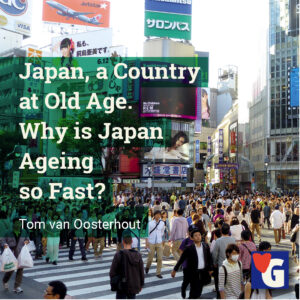
Why is Japan ageing so fast? What can we learn from a country at old age such as Japan? Japan is a very encouraging and inspiring example. It’s the country with the highest life expectancy rate in the world. Moreover, in 2033 a third of the Japanese will be 65 and over.
Already in 1980, Japan was called an ageing society. In 2005 Japan surpassed Italy and became the country with the highest number of people aged 65 and over. Japan really is at old age. This means that Japan has a lot of experience with ageing. How does it cope and what can we learn?
Some of the links might be affiliate links. As an affiliate associate, we earn a small commission when you purchase any of the products offered through the shared links at no extra cost for you. This helps us to maintain this website.
Table of contents
Why is Japan ageing so fast?
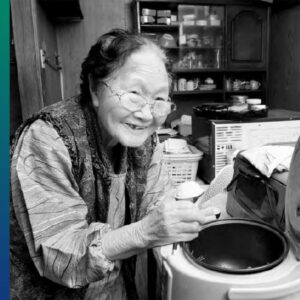
To be able to learn from Japan as a nation at Old Age, some background information is relevant. In Japan live just over 126 million people. This is 334 people per square kilometre (Netherlands: 417,8. UK: 270,7. China: 145. USA: 33,6).
Life expectancy between men and women differs substantially, respectively 79,4 to 85,9 years. As a result, in the age group 75 and over, for every 10 men, there are 16 women.
At the beginning of the 20th-century life expectancy was 43 years for men and 44 for women. Most Western countries broke the 50-year barrier at that time. Not Japan. The Japanese had to wait until after WO II.
Related: The Importance of Life Expectancy for your Unique Personal Situation
Peace and prosperity
The increase in life expectancy in Japan is a result of improved nutrition (more protein from dairy and meat), improved living conditions, modernization of the public health system, and the application of state-of-the-art medical and pharmacological technologies. Probably the many years of peace and economic prosperity after WO II also contributed.
However, from 2010 the rate of increase of the population of 65 and over stopped. Nevertheless, the percentage share of the elderly of the total population will increase until 2055.
The relative share of the elderly goes up because of the decrease in the relative amount of nativity. Even if the birth rate would go up, which is highly unlikely, in 2055 the total population will be down to 68 million. That’s almost half the current amount.
Living arrangements at Old Age

The proportion of the Japanese elderly that live with a child is far higher than in any Western country: 42% (2011). In 1986 the percentage was even 64%. As a consequence of this decline, more people age 65 and over live with a spouse (37%) or alone (17%). The older people living alone or with their children are mostly women.
Some 80% of older people in Japan own the house that they live in. Which is a third more than on average in Japan. Almost two-thirds of them lived for 31 years or longer in their house. In general older people are satisfied with their housing conditions.
However, that their house is not senior proof, is the most common complaint. This will more and more become a problem because alternative housing facilities will be scarce. The growing demand for public housing facilities for elderly care vastly outnumbers the number of places. At this moment, and most surely in the future.
Economies
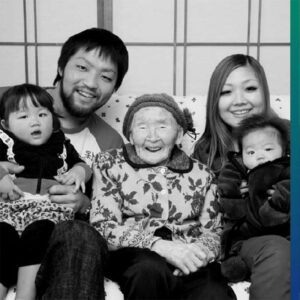
The high rate of homeownership amongst Japanese people age 60 and over, indicates that they are reasonably well off. This is more so since most of them paid off their mortgage. Moreover, their average income is estimated to be very close to the average Japanese income. They also have substantial cash savings.
Food at Old Age
Compared to other developed countries the nutrient consumption is lower for every category: energy, protein and fat. That is why in Japan the adults’ obesity rate is extremely low at an average of 3,9% (France: +10%; UK: +30%; USA: 40%).
Fear of cardiovascular disease and a cultural preference for skinny bodies, amongst others, drive the low obesity rate. However, the low and decreasing intake of dairy products (now at a quarter of the intake in developed countries) puts many women at high risk of osteoporosis.
Surprisingly, in the past 20 years, people over 70 in Japan have become the ‘educating generation’ if it comes to a proper diet. As a part of their social contribution, they started to pass on to the next generations the importance of appropriate nutrition intake.
Dietary guidelines
The Tokyo Metropolitan Institute of Gerontology produced dietary guidelines to prevent malnutrition. These guidelines differ from the diet Hannie and I have. They suggest you have 3 meals a day. We only have 2.
They also suggest consuming meat and fish regularly and in the same amounts. Hannie and IWe only eat a little bit of fish and chicken or turkey once or twice a week, and as little fat as possible. We hardly consume dairy products. The Tokyo Metropolitan Institute of Gerontology advises 200 ml every day.
Their diet suggestions converge with our diet if it comes to vegetables, side dishes, herbs, the variety of dishes, eating out with friends, and they suggest being open to all kinds of health information. A suggestion we wholeheartedly support.
Related: Is the Grey Revolution a Surging Problem or an Opportunity?
Health awareness
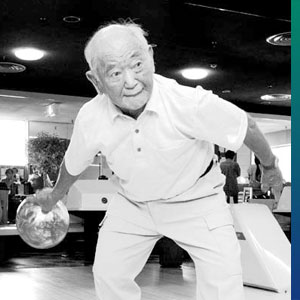
With age, the health condition of Japanese people seems to decline. However, the subjective report of their health is on a par with all other Japanese. Older Japanese are very conscious about their health. Accordingly, they see to it that they relax enough hours, maintain a regular schedule, eat nutritionally balanced meals, and exercise.
The population aged 65 and over in Japan consults doctors at a rate of two to four times compared to the USA, Germany and Sweden. Moreover, some 60% of them see a doctor every month.
In Japan, people over 60 spend over half of all the health care costs. These costs are partly driven by the fact that most elderly people nowadays die in the hospital (87,5%), whereas in 1951 most of them died at home (82,5%).
Care at Old Age
Notwithstanding good housing conditions, high standards of living, high awareness of the importance of food and good health and exercise, the prevalence of illness and disability increases markedly with age.
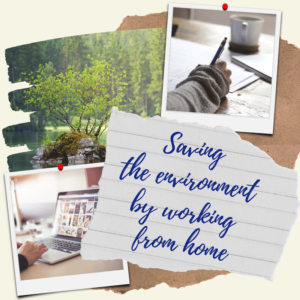
The chief concern of medical professionals is the sharp rise of dementia. In Japan, the number of people suffering from this ailment is expected to increase to an estimated 4,7 million people in 2050, predominantly women.
Usually, family members care for the older Japanese. As in most other developed countries, these caregivers are predominantly female (69,4%) and already rather old themselves (on average +60). The care services given by professionals also do not markedly differ from those in other developed countries.
Related: Why Giving is our most Fundamental Human Motive
Work and volunteering
One of the ways to compensate for the increased need for caregivers is to address more and more to address the ageing workforce. Japanese men (almost 30%) and women (almost 14%) aged 65 and over already lead the worlds’ participation numbers in the labour force.
Although 70% of people 60 and over in Japan say they will participate in volunteering, only a few actually do so. This is a pity because they can contribute to the increasing demand for care services for the elderly.
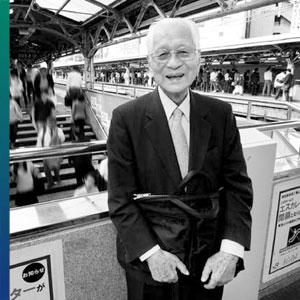
The reason for the low participation rates in volunteering is that older Japanese find it hard to access information and participate in volunteer networks. This is an important lesson because in many other countries elderly people struggle with similar problems.
To challenge these problems there exists in Japan a new concept of the elderly as active social contributors:
- Build a society in which everyone participates;
- Build a society in which people are expected to live for 90 years;
- Build a society of generational cycle;
- Build local communities where residents support each other;
- Build a peaceful and comfortable society with a vital senior market.
Are you a volunteer? Tell us in the comment box below.
Source: “A Profile of Older Japanese” prepared by the International Longevity Center-Japan (ILC-Japan, 2013).


